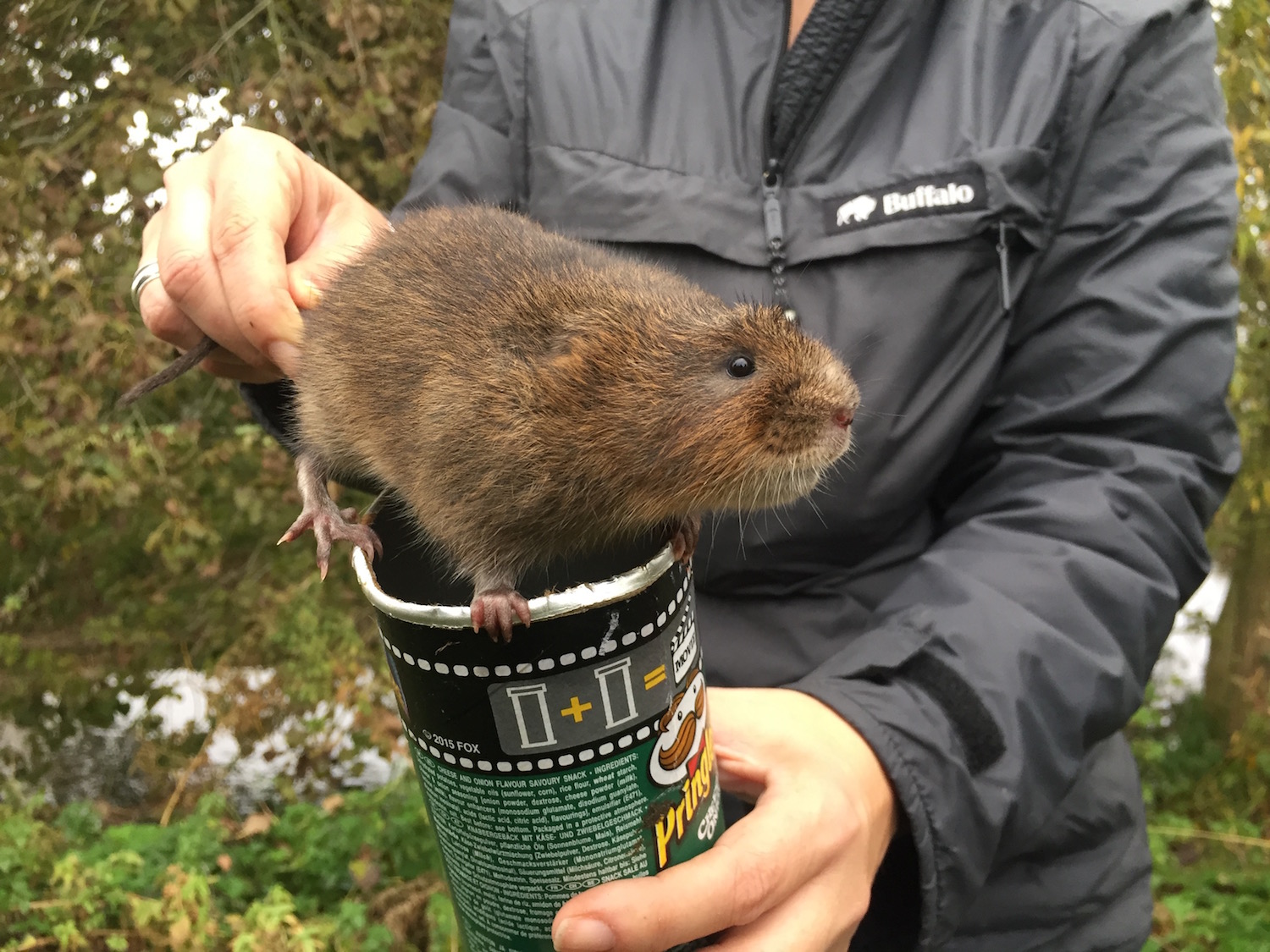Water Vole Survey
WATER VOLE SURVEY FROM EXPERIENCED ECOLOGISTS
The water vole is Britain's largest vole, and has suffered a dramatic decline since the 1990's. They are now protected under UK Law, meaning it is an offence to:
Deliberately capture them
Deliberately injure or kill them
Deliberately damage or obstruct their breeding or resting places
Call Ecology by Design on 01865893346 or email hello@ecologybydesign.co.uk
Water Vole Survey Guidelines for Developers
Because water voles are protected by UK Law, developers need to commission a water vole survey if they think any land is potentially inhabited by water voles. Water vole populations have been steeply declining due to the pressure of development, habitat loss and predation by American mink.
How to avoid disturbing a water vole
Disturbing water voles can be avoided by making minor changes to working practices, but if disturbance is unavoidable a conservation licence will be required to allow works to proceed. The licence acts as a permit to exclude the water voles from the site. Once works have been completed the site will be re-instated and enhanced to demonstrate a net conservation gain. In specialist scenarios, Ecology by Design can work with captive breeding programmes to remove the voles, breed them and release them once your works are complete.
Where to expect to find a water vole
Water voles are often found in:
Slow running rivers
Streams - Ditches
Lakes
Reed beds
Marshes
Ponds with steep banks
Upland areas
Heathlands
Why is the water vole endangered?
Habitat loss and the introduction of the American mink caused an increase in their decline.
Facts about the Water Vole
Water voles live in burrows which can extend up to 3 metres from the water’s edge.
Females often make complex lawns of grazed vegetation around the burrow entrance
Female territory can extend as far as 150m and males range as far as 300m
Water voles are most active during the day but it's rare to actually see one
Water voles do not hibernate, but are less active in cold weather
Water Vole Survey Guidelines
When to conduct a water vole survey
The best time to conduct water vole surveys is during the breeding season when they're most active. We are qualified to advise you about every aspect of water vole conservation, including surveying, river corridor management and mitigation. Water vole surveys can take place between early April and late October. Two surveys are required to confirm presence and a population estimate of water voles. Our survey reveals whether watercourses up to 500m from your site contain evidence of water voles.
The survey involves:
An assessment of riverbanks and bodies of water both on and off site
Looking for water vole burrows and latrines
Looking for water vole droppings and feeding signs
Aquatic vegetation can limit surveys, in some cases survey methods are specially adapted to include access via kayaks, boats and remote trail cameras.
The report we provide includes:
A summary of the legal implications of water voles on the site
The enhancements and mitigation recommended to help you achieve a successful planning application while protecting these rare mammals
Otter surveys can often be completed in tandem with water vole surveys.
Arrange a Water Vole Survey
We are qualified to advise you about every aspect of water vole conservation, including surveying, river corridor management and mitigation. Water vole surveys can take place between early April and late October.
Two survey visits are required, one early in the year and one late, to account for the seasonal variations in their numbers.



